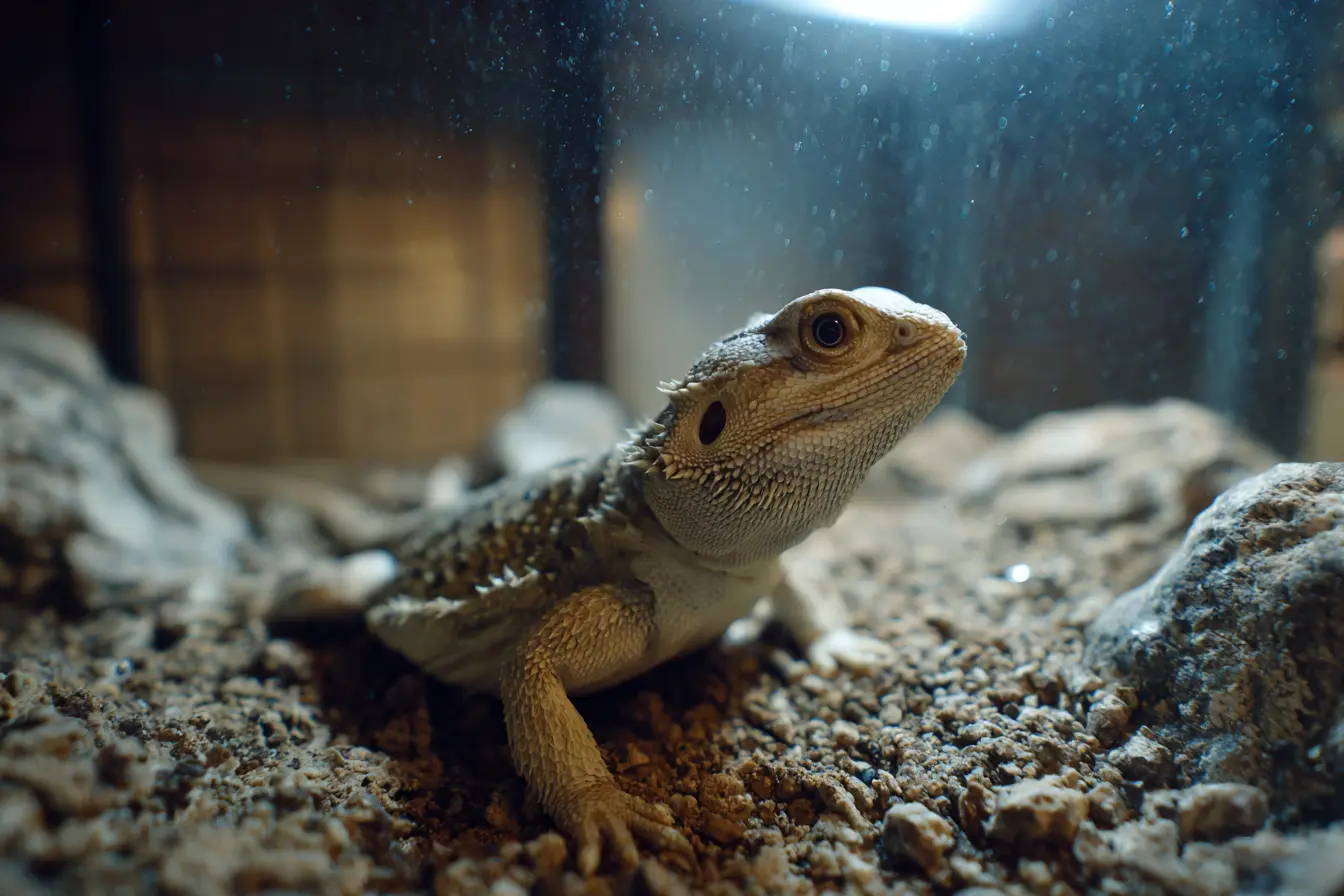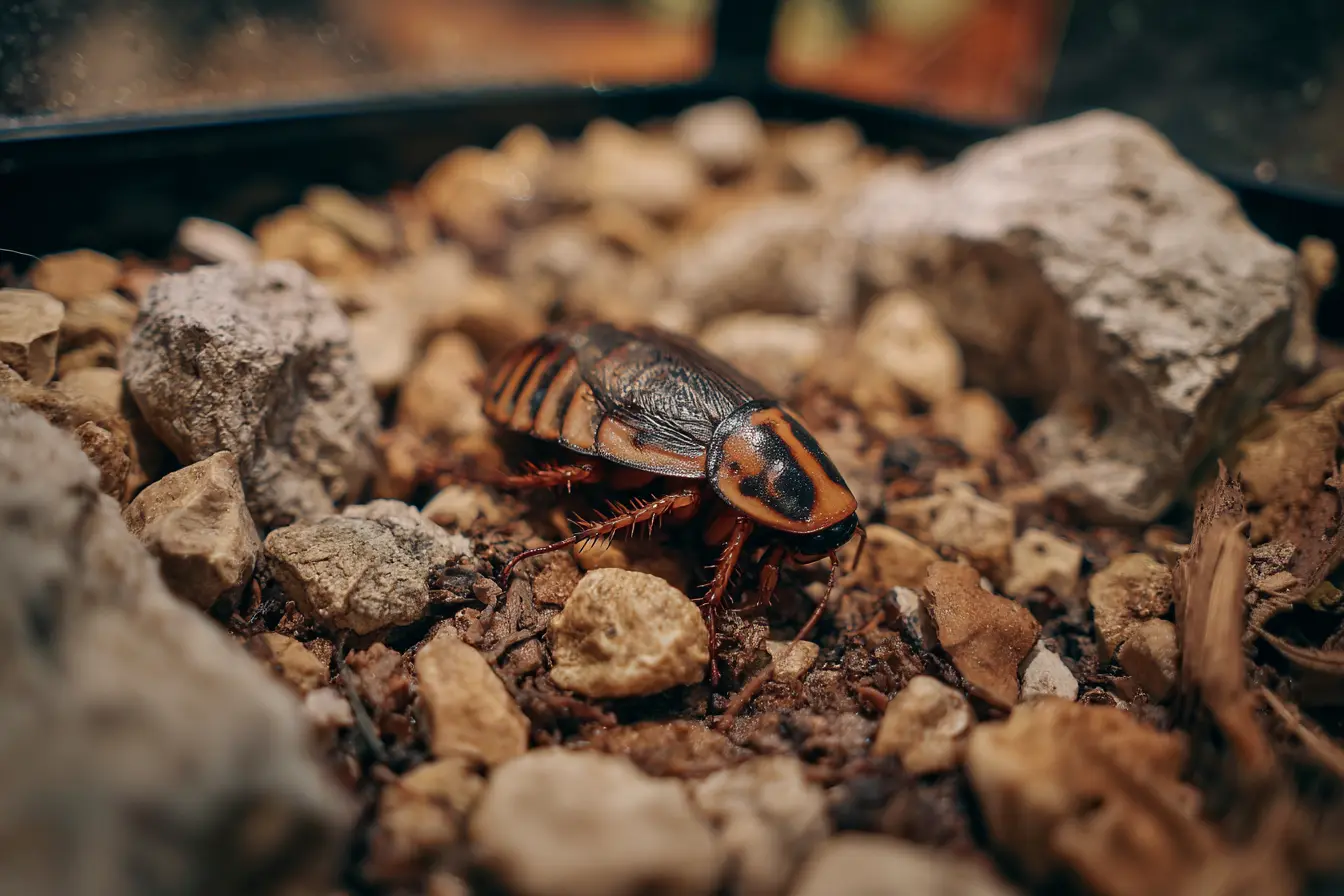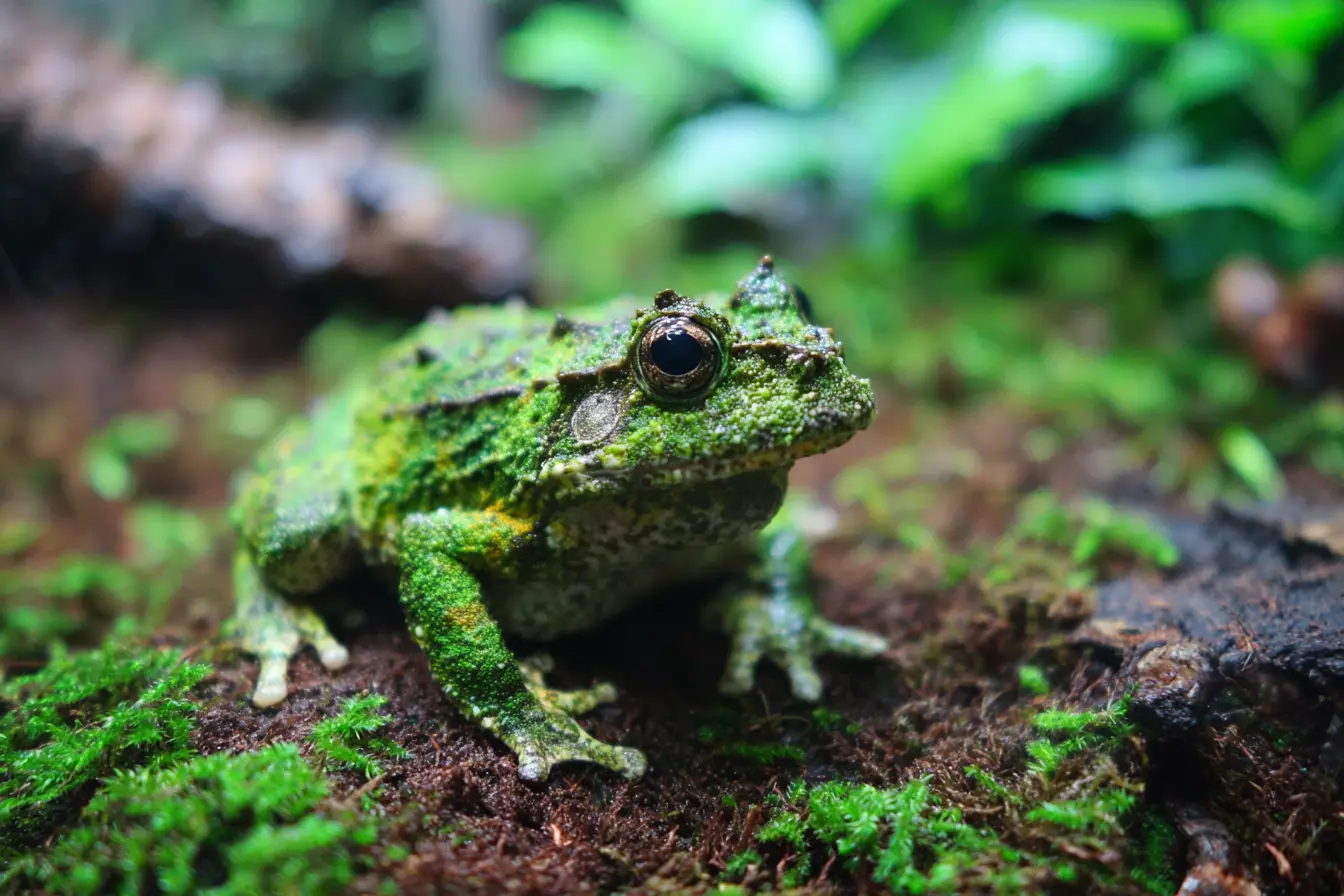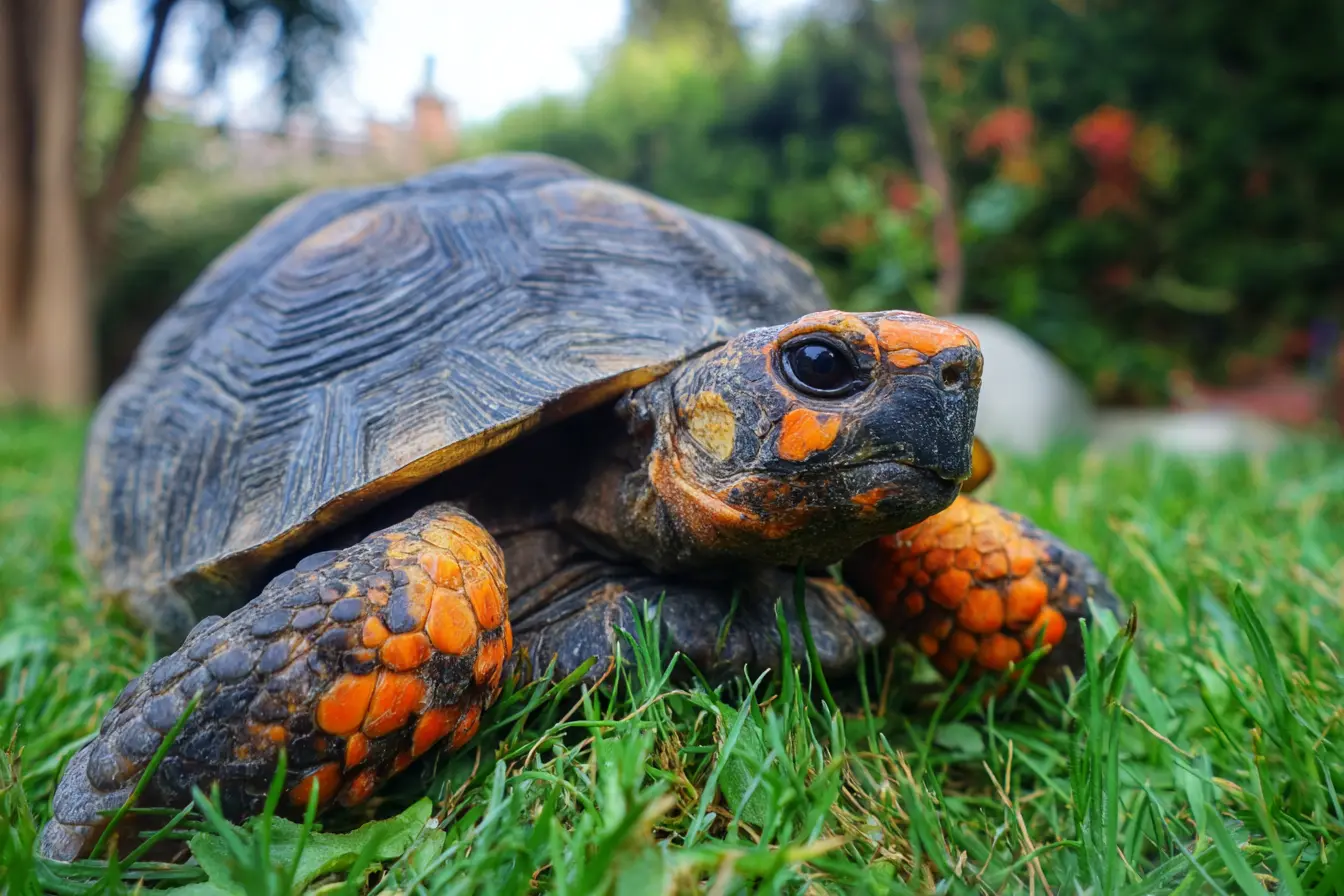
The Comprehensive Guide to Housing Your New Pet Lizard
Welcoming a lizard into your home is an exciting endeavour, but it also comes with significant responsibilities, particularly when it comes to their housing and environmental needs. This detailed guide is designed to help new lizard owners set up the ideal habitat that promotes health and happiness for their new pet.
Choosing the Right Enclosure
Size and Space Requirements
The enclosure's size is pivotal and should be tailored to the specific species of your lizard. For small species such as anoles and leopard geckos, a terrarium of at least 45 x 45 x 60 cm is recommended. Larger species like bearded dragons and iguanas require significantly more space—up to several square metres—to facilitate proper physical activity and health.
Material and Design
Glass terrariums are commonly used due to their durability and clear visibility. Ensure that your choice includes secure, well-ventilated lids to promote air circulation and prevent escape. Alternatively, PVC or wooden vivariums can be used, especially for larger or tropical species, as they are better at retaining heat and humidity.
Setting Up the Environment
Temperature Control
A vital aspect of lizard care is managing the temperature within their habitat. Install heating elements such as ceramic heat emitters or basking lamps at one end of the enclosure to create a temperature gradient. This setup allows your lizard to move between warmer and cooler areas to regulate their body temperature. The warm end should be between 30-35°C, while the cooler end should stay around 24-28°C, depending on the species.
Lighting Needs
UVB lighting is essential for the health of your lizard, as it helps them synthesise vitamin D3, crucial for calcium absorption. The enclosure should have a UVB light source that covers at least two-thirds of the length of the enclosure, ensuring your lizard can metabolise calcium effectively, thus preventing metabolic bone disease.
Humidity and Hydration
Different lizard species require different humidity levels. For example, tropical lizards thrive in 70-90% humidity, while desert varieties prefer a drier environment around 20-40%. Utilise equipment such as foggers, misting systems, or humidity trays to maintain these levels. Always provide a dish of fresh water, and consider the needs of your specific species to determine if additional water features like drippers or small waterfalls are beneficial.
Interior Design of the Enclosure
Substrate
Choosing the correct substrate is crucial for mimicking your lizard's natural habitat and for the overall health of the enclosure. Newspaper and paper towels are safe and easy to clean, while more natural substrates like coconut fibre, orchid bark, or fine reptile sand can be used for species-specific enclosures. Avoid gravel and walnut shells, as these can cause impaction if ingested.
Plants and Decor
Decorate the enclosure with a variety of plants, branches, rocks, and hiding places to stimulate your lizard’s natural behaviours and provide privacy. Live plants can enhance humidity and improve air quality, but ensure they are non-toxic and safe for your specific lizard.
Maintenance and Safety
Cleaning Protocols
Hygiene is critical in preventing the spread of bacteria and parasites. Perform spot cleaning daily to remove waste and uneaten food, and conduct a thorough cleaning monthly. Use reptile-safe disinfectants and rinse the enclosure thoroughly to remove any chemical residue.
Health Checks
Regularly monitor your lizard for signs of distress or illness, such as changes in appetite, lethargy, or abnormal shedding. Establish a relationship with a veterinarian who specialises in reptiles to ensure that you have professional support when needed.
Conclusion
Proper housing is just as crucial as proper feeding when it comes to caring for your pet lizard. By providing an appropriate and well-maintained environment, you're setting the stage for a healthy, active, and long-lived companion. Always continue to learn about your lizard’s specific needs and adjust their habitat as they grow and their needs change.
Remember, the key to successful lizard ownership is commitment to their environment and well-being. Enjoy the rewarding journey of creating a thriving home for your new pet.
Vets near you
Speciality vets
- Aquatics vet specialists
- Birds vet specialists
- Camelids vet specialists
- Cats vet specialists
- Cattle vet specialists
- Deer vet specialists
- Dogs vet specialists
- Equines vet specialists
- Exotic vet specialists
- Goats vet specialists
- Pigs vet specialists
- Poultry vet specialists
- Sheep vet specialists
- Small Mammals vet specialists
- Wild vet specialists



